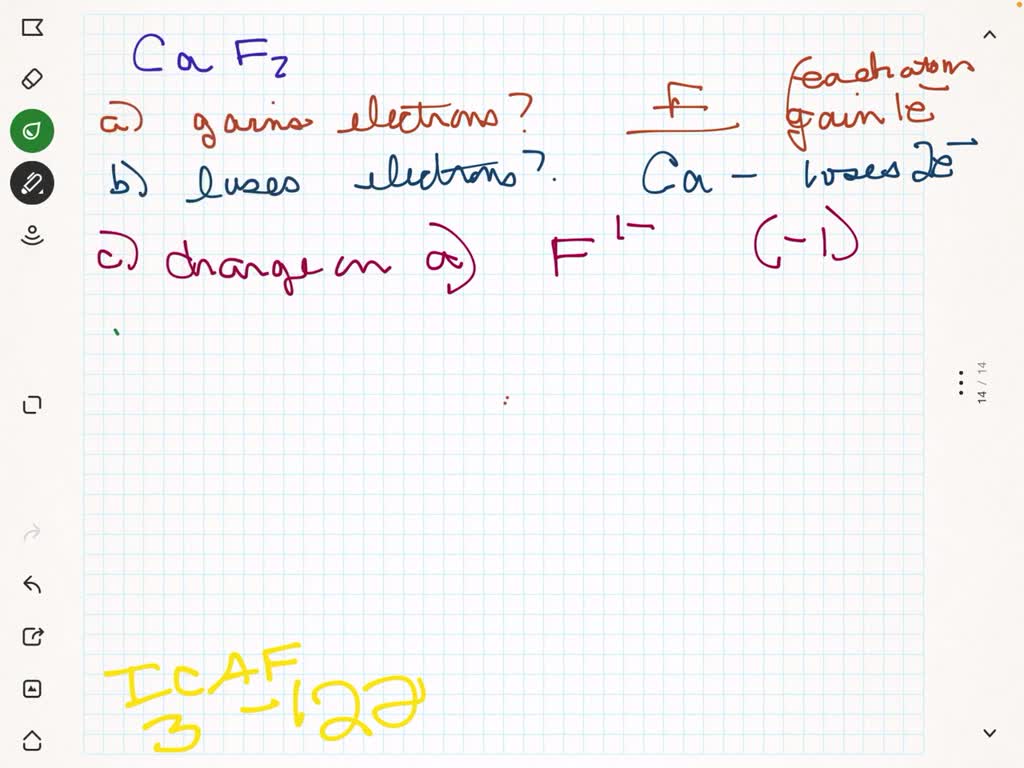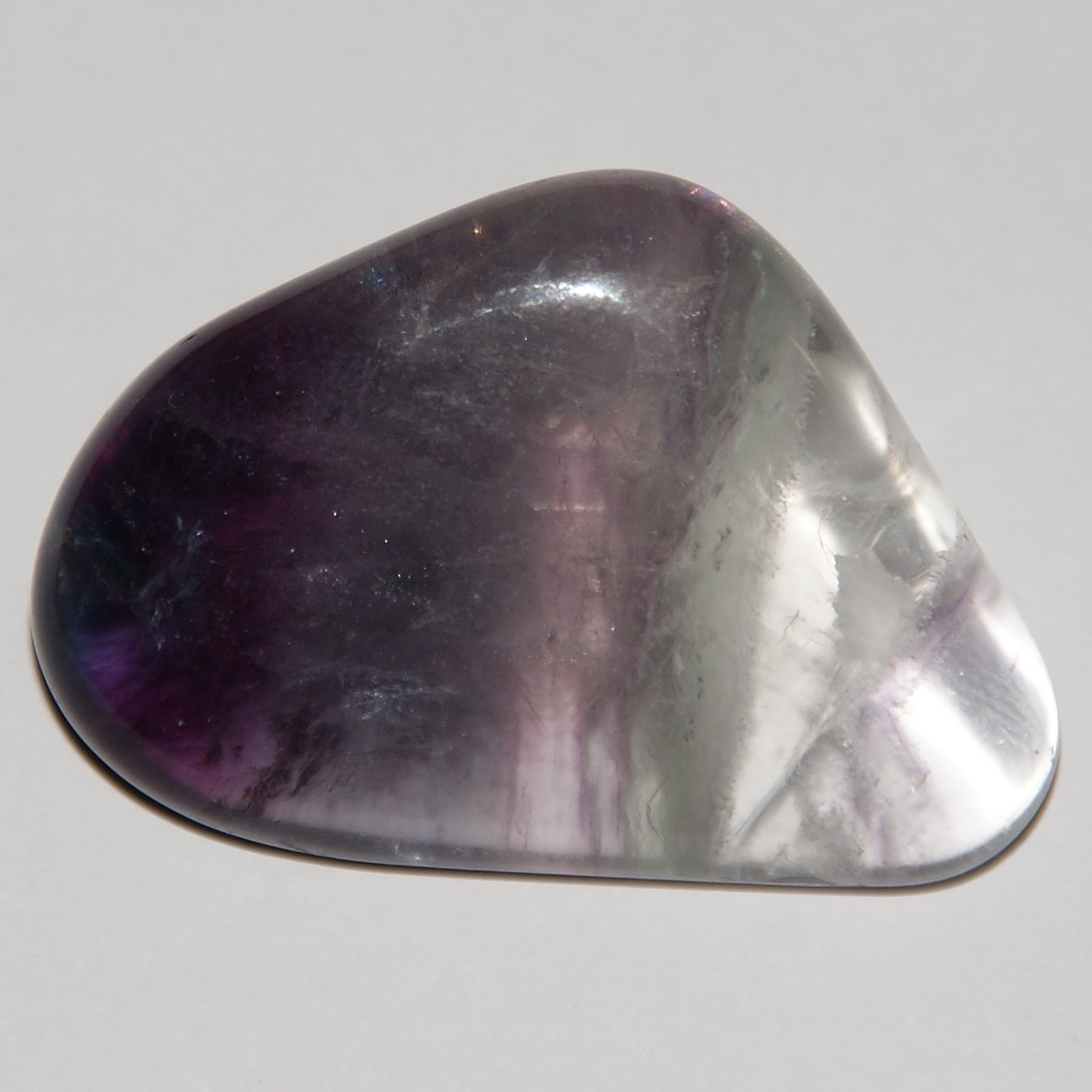Calcium Reacts With Fluorine To Form
Calcium Reacts With Fluorine To Form - Web calcium reacts with fluorine to form what? We are given fluorine gas which is held in contact with the calcium metal and produces calcium fluoride. From the question, we are to explain how oxidation. Calcium metal reacts with fluorine gas to produce calcium fluoride. You'll get a detailed solution from a subject matter expert that helps you learn core concepts. Web solved:calcium reacts with fluorine to form the compound \mathrm {caf}_ {2}. Calcium reacts with fluorine gas to produce calcium fluoride. Web write the chemical equation for the reaction: The balanced chemical equation for this. Web the evidence of the uptake of fluorine by calcium carbonate is clear, and we have identified the likely mechanism of uptake.
You'll get a detailed solution from a subject matter expert that helps you learn core concepts. Calcium is very reactive towards the halogens fluorine, f 2, chlorine, cl 2 bromine, br 2, or iodine, i 2, and burns to form the dihalides. Calcium reacts with fluorine gas to produce. You'll get a detailed solution from a subject matter expert that helps you learn core concepts. The positive and negative charge. Web calcium fluoride (caf2) is an insoluble ionic compound composed of ca 2+ and f − ions. We are given fluorine gas which is held in contact with the calcium metal and produces calcium fluoride. In the reaction, each atom of one of the elements loses two electrons, and each atom of the other. Here, the calcium atom loses 2 electrons,. Calcium reacts with fluorine gas to produce calcium fluoride.
Web calcium fluoride (caf2) is an insoluble ionic compound composed of ca 2+ and f − ions. In the reaction, each atom of one of the elements loses two electrons, and each atom of the other. Web the evidence of the uptake of fluorine by calcium carbonate is clear, and we have identified the likely mechanism of uptake. What volume of fluorine gas (in ml) is required to. Web calcium reacts with fluorine to form what? Fluorine gas reacts with solid calcium bromide to form calcium fluoride and liquid bromine. Calcium is very reactive towards the halogens fluorine, f 2, chlorine, cl 2 bromine, br 2, or iodine, i 2, and burns to form the dihalides. Web you'll get a detailed solution from a subject matter expert that helps you learn core concepts. The earlier observations that aragonite is. The two fluorides become positive from losing an electron.
Fluorite, a sample of the element Calcium in the Periodic Table
Calcium metal reacts with fluorine gas to produce calcium fluoride. Web calcium fluoride (caf2) is an insoluble ionic compound composed of ca 2+ and f − ions. Calcium is very reactive towards the halogens fluorine, f 2, chlorine, cl 2 bromine, br 2, or iodine, i 2, and burns to form the dihalides. Here, the calcium atom loses 2 electrons,..
SOLVEDCalcium reacts with fluorine to form the compound CaF2. In the
In the reaction, each atom of one of the elements loses two electrons, and each atom of the other. Here, the calcium atom loses 2 electrons,. You'll get a detailed solution from a subject matter expert that helps you learn core concepts. Calcium reacts with fluorine gas to produce calcium fluoride. Web solved:calcium reacts with fluorine to form the compound.
Calcium reacts with nitrogen to form the ionic compound calcium nitride
Web so in the given process of calcium fluoride, the one electron from the valence shell of calcium will be released making it as ions and this is termed as oxidation process. From the question, we are to explain how oxidation. Web this problem has been solved! Calcium and fluorine react to. Which of the following statements is true regarding.
Fluorite Crystals, a sample of the element Calcium in the Periodic Table
The balanced chemical equation for this. Fluorine gas reacts with solid calcium bromide to form calcium fluoride and liquid bromine. In the reaction, each atom of one of the elements loses two electrons, and each atom of the. Calcium + flourine → calcium flouride. Web chemistry questions and answers.
How to Write the Formula for Calcium fluoride YouTube
Web this problem has been solved! Web you'll get a detailed solution from a subject matter expert that helps you learn core concepts. The positive and negative charge. In the reaction, each atom of one of the elements loses two electrons, and each atom of the other. You'll get a detailed solution from a subject matter expert that helps you.
Fluorite, a sample of the element Calcium in the Periodic Table
You'll get a detailed solution from a subject matter expert that helps you learn core concepts. The positive and negative charge. Web calcium reacts with fluorine to form what? This is an example of an ionic bond forming. Web you'll get a detailed solution from a subject matter expert that helps you learn core concepts.
Chemical Elements Fluorine
Calcium + flourine → calcium flouride. Web calcium fluoride (caf2) is an insoluble ionic compound composed of ca 2+ and f − ions. Which of the following statements is true regarding the. From the question, we are to explain how oxidation. Calcium and fluorine react to.
Fluorine And Calcium by
Web when calcium reacts with fluorine to produce calcium fluoride, calcium is oxidized and fluorine is reduced. From the question, we are to explain how oxidation. Web this problem has been solved! Here, the calcium atom loses 2 electrons,. Web so in the given process of calcium fluoride, the one electron from the valence shell of calcium will be released.
Calcium Fluoride Powder, Fluorspar Powder, कैल्शियम फ्लोराइड पाउडर K
Web reaction of calcium with the halogens. Web calcium reacts with fluorine to form what? This is an example of an ionic bond forming. The positive and negative charge. Web calcium reacts with fluorine to form the compound $\mathrm{caf}_{2}$.
Chemical Elements Fluorine
Web so in the given process of calcium fluoride, the one electron from the valence shell of calcium will be released making it as ions and this is termed as oxidation process. You'll get a detailed solution from a subject matter expert that helps you learn core concepts. Web this problem has been solved! The two fluorides become positive from.
Web This Problem Has Been Solved!
Web so in the given process of calcium fluoride, the one electron from the valence shell of calcium will be released making it as ions and this is termed as oxidation process. You'll get a detailed solution from a subject matter expert that helps you learn core concepts. Here, the calcium atom loses 2 electrons,. Calcium reacts with fluorine gas to produce calcium fluoride.
Web Calcium Reacts With Fluorine To Form The Compound $\Mathrm{Caf}_{2}$.
Calcium + flourine → calcium flouride. Which of the following statements is true regarding the. Web this problem has been solved! Web write the chemical equation for the reaction:
Web Calcium Reacts With Fluorine To Form What?
The positive and negative charge. Web the evidence of the uptake of fluorine by calcium carbonate is clear, and we have identified the likely mechanism of uptake. We are given fluorine gas which is held in contact with the calcium metal and produces calcium fluoride. The balanced chemical equation for this.
Calcium Reacts With Fluorine Gas To Produce.
In the reaction, each atom of one of the elements loses two electrons, and each atom of the other. Ca + f_2 → caf_2. From the question, we are to explain how oxidation. Calcium is very reactive towards the halogens fluorine, f 2, chlorine, cl 2 bromine, br 2, or iodine, i 2, and burns to form the dihalides.






